Bell’s palsy is a paralysis of one side of the face. This disorder results out of damage to the seventh cranial nerve but the cause of it is not clear. The seventh cranial nerve regulates movement of the muscles of the face and controls smiling, blinking and wrinkling of the forehead. Damage to this nerve can also affect production of tears and saliva as it controls salivary and tear glands.
Bell’s Palsy Introduction
Bell’s palsy was first described by Scottish surgeon Sir Charles Bell in 19th century. The disorder affects about 20,000 people in the Unites States each year. It equally affects men and women and usually occurs between the ages of 10 and 40.
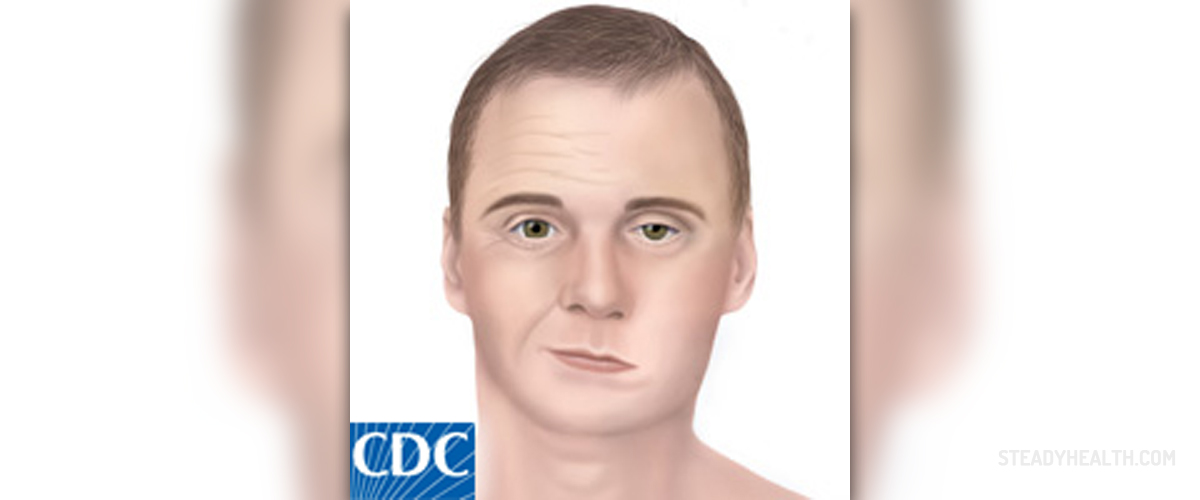
Causes of Bell’s Palsy
In Bell’s palsy, the seventh cranial nerve gets inflamed and swollen within a bony tunnel in the skull that opens just beneath the ear. Exact cause of Bell’s palsy is unknown. There is no link between Bell’s palsy and a stroke or a transient ischemic attack.
It is believed that exposure to cold like in case of driving with open car window or sleeping with the open window on a chilly weather may cause facial paralysis but this is not proven. Bell’s palsy is often thought to be caused by herpes simplex virus or varicella zoster virus (chickenpox) infection. Such viruses may remain dormant for years until they reactivate resulting in inflamed facial nerve.
HIV infection, Lyme disease, middle ear infection and sarcoidosis are also believed to be potential causes of Bell’s palsy. Increased risk factors for the disorder have pregnant women and people suffering from diabetes or high blood pressure.
Symptoms of Bell’s Palsy
Symptoms of Bell’s palsy typically occur suddenly but improve within a few weeks. The primary symptom of Bell’s palsy is sudden weakness or paralysis of facial muscles on one side. This causes the face to drop and the affected person has difficulty making facial expressions. Numbness is also present in the affected side of the face. Bells’ palsy also causes pain around the jaw or behind the ear on the paralyzed side of the face. The patient may have difficulty closing the eye and experience other eye problems like excessive tearing or dry eye. Other symptoms include drooling, loss of sense of taste, difficulty eating and drinking, headache and increased sensitivity to sound.
Treatment and Prevention of Bell’s Palsy
Treatment for Bell’s palsy is usually not needed as people typically recover on their own within 2 to 3 months. However, a doctor may prescribe medications for treatment of symptoms. Eye drops are usually given to lubricate the affected eye. Oral steroids like Prednisone can reduce inflammation and shorten the recovery period. Antiviral drugs may be used if the disorder is caused by viral infection.
- The treatments considered for Bell’s palsy include oral corticosteroids (prednisolone) and antiviral drugs.
- The maximum benefit is seen when steroids are commenced within 72 hours of the onset of symptoms. There is no optimum regimen, but in adults 50–60 mg prednisolone daily for 10 days has been commonly used.
- The antiviral drugs used in trials were aciclovir (400 mg five times daily for five days) or valaciclovir (1000 mg/day for five days).
- A randomised controlled trial found that at nine months of diagnosis, facial function had recovered in 94.4% of patients who took prednisolone alone, 85.4% of those who took aciclovir alone and 92.7% of those who received both. There were no serious adverse effects in any group.
- Surgical treatment to free the facial nerve has been considered. However the evidence for this procedure is of very low quality.
Because the exact causes of Bell's palsy have not been identified yet, it is hard to prevent this condition. In spite of that, it is recommended to avoid all the previously mentioned situations that are believed to be potential causes of the disorder.


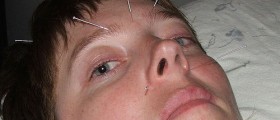
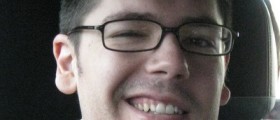



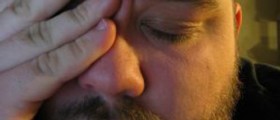
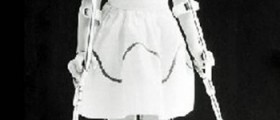



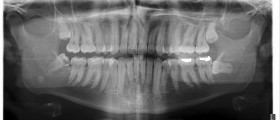
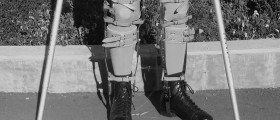



Your thoughts on this
Loading...